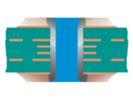
ALL ABOUT FLEX PCB
-
What is Via Filling?
Posted by
–
 Read more: What is Via Filling?
Read more: What is Via Filling?Why is Via Filling Important? Via filling plays a vital role in the functionality and reliability of modern PCBs. Here are some key reasons why via filling is essential: Improved Electrical Conductivity: By filling the vias with a conductive material, the electrical connection between layers is enhanced, reducing resistance and […]
-
Electroless copper deposition
Posted by
–
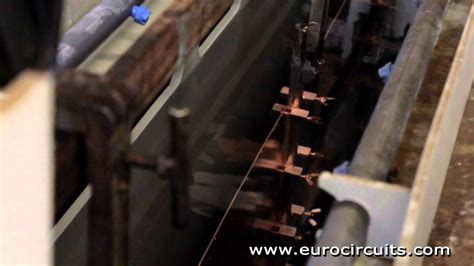 Read more: Electroless copper deposition
Read more: Electroless copper depositionIntroduction to Electroless Cu Deposition Electroless copper (Cu) deposition is a chemical process that involves the deposition of a thin, uniform layer of copper onto a substrate without the use of an external electrical current. This process has gained significant attention in various industries due to its ability to provide […]
-
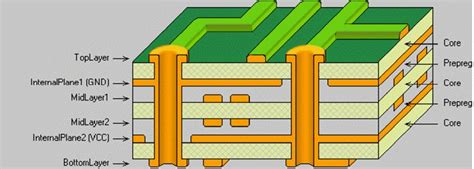 Read more: Multilayer Pool – What You Need To Know About Multilayer PCB
Read more: Multilayer Pool – What You Need To Know About Multilayer PCBIntroduction to Multilayer PCB A multilayer printed circuit board (PCB) is a complex and advanced type of PCB that consists of multiple layers of conductive copper foil laminated together with insulating material. Unlike single or double-layer PCBs, multilayer PCBs offer higher component density, better signal integrity, and improved electromagnetic compatibility […]
-
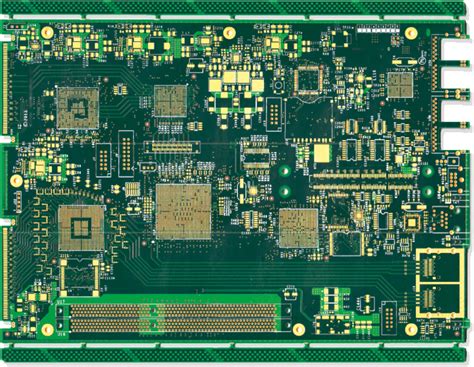 Read more: Multilayer Pool – The Most Comprehensive Lead You To Know PCB Layers
Read more: Multilayer Pool – The Most Comprehensive Lead You To Know PCB LayersIntroduction to Multilayer PCB A Multilayer PCB, also known as a multilayer printed circuit board, is a complex and highly advanced type of PCB that consists of multiple layers of conductive material, typically copper, separated by insulating layers. These layers are laminated together to form a single, compact board that […]
-
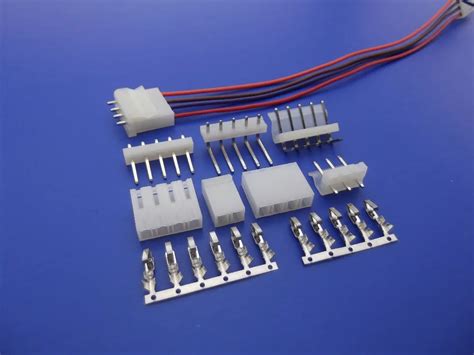 Read more: PCB Connector Types:Best List of What You Should Kown in 2023
Read more: PCB Connector Types:Best List of What You Should Kown in 2023Table of Contents Introduction to PCB Connectors Common PCB Connector Types Board-to-Board Connectors Wire-to-Board Connectors Cable-to-Board Connectors Power Connectors RF Connectors Factors to Consider When Choosing PCB Connectors Pitch and Density Current Rating Mating Cycles Operating Temperature Environmental Considerations PCB Connector Materials and Plating PCB Connector Mounting Types Best Practices […]
-
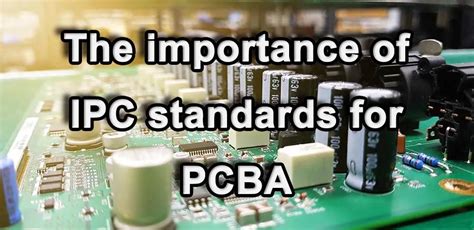 Read more: IPC Standards: Everything You Should Know About It
Read more: IPC Standards: Everything You Should Know About ItWhat are IPC Standards? IPC (Association Connecting Electronics Industries) is a global trade association that develops standards for the electronic interconnection industry. IPC standards are widely recognized and adopted worldwide, ensuring consistency, reliability, and quality in the manufacturing of electronic products. These standards cover various aspects of the electronics industry, […]
-
Smallest Arduino: What Is The Best
Posted by
–
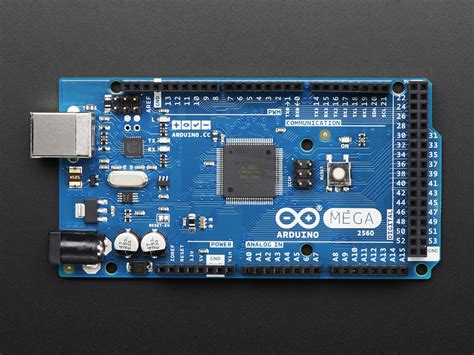 Read more: Smallest Arduino: What Is The Best
Read more: Smallest Arduino: What Is The BestIntroduction to Arduino Arduino is an open-source electronics platform that has revolutionized the world of DIY electronics and robotics. It consists of both hardware and software components, making it easy for beginners and experts alike to create interactive projects. The Arduino board is a microcontroller that can be programmed using […]
-
EMG Sensors: How Do They Work?
Posted by
–
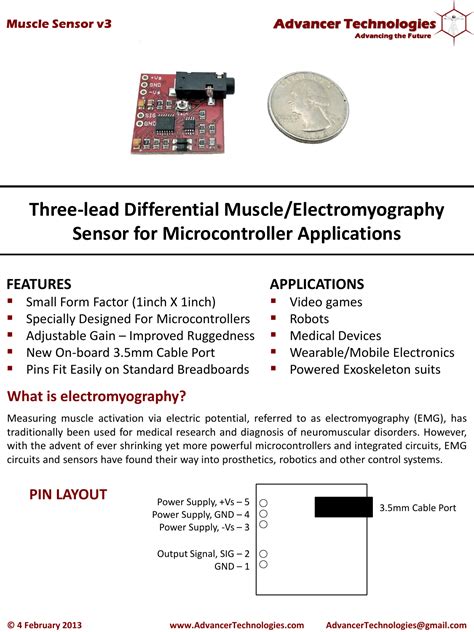 Read more: EMG Sensors: How Do They Work?
Read more: EMG Sensors: How Do They Work?What are EMG Sensors? EMG sensors are transducers that convert the electrical signals generated by muscle fibers into measurable electrical signals. These signals, known as myoelectric signals, are produced when muscle fibers contract or relax. EMG sensors can be placed on the skin surface over the muscle of interest (surface […]
-
Relay Module: A Complete Guide
Posted by
–
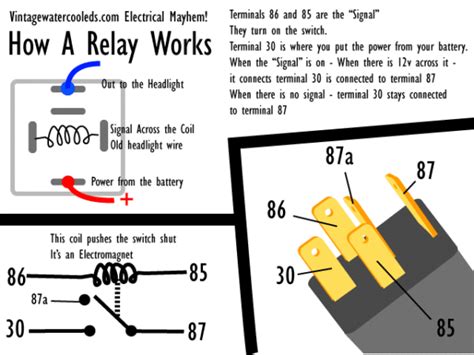 Read more: Relay Module: A Complete Guide
Read more: Relay Module: A Complete GuideWhat is a Relay Module? A relay module is an electrically operated switch that allows you to control a high-current circuit with a low-current signal. It consists of an electromagnet, a set of contacts, and a switching mechanism. When a small current is applied to the electromagnet, it generates a […]
-
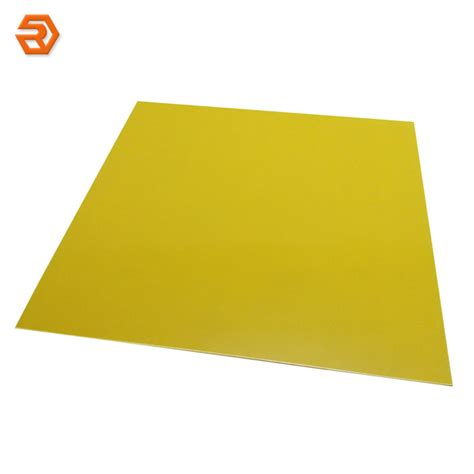 Read more: FR4 Dielectric Constant: An Affordable Laminate for Regular Circuit Boards
Read more: FR4 Dielectric Constant: An Affordable Laminate for Regular Circuit BoardsIntroduction to FR4 Laminate FR4 laminate is a widely used material in the manufacturing of printed circuit boards (PCBs). It is a composite material made from woven fiberglass cloth reinforced with an epoxy resin binder. The “FR” in FR4 stands for “Flame Retardant,” indicating its ability to self-extinguish and resist […]




